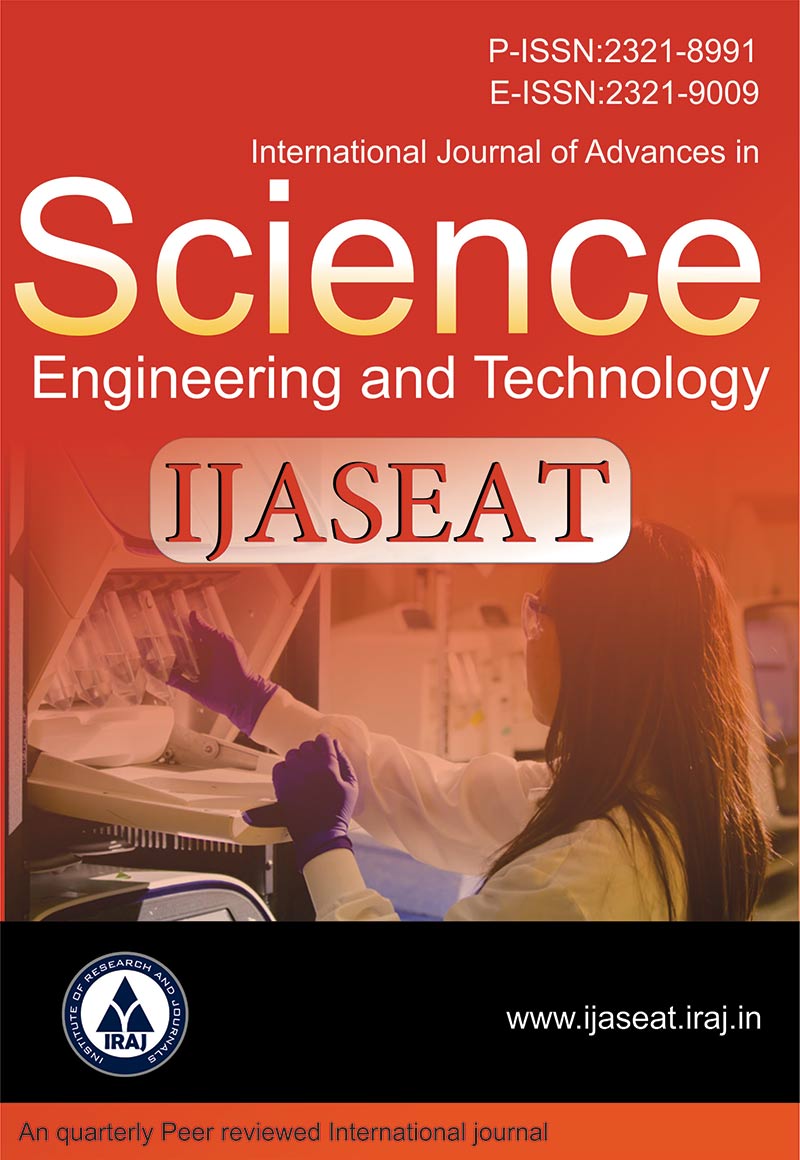Publish In |
International Journal of Advances in Science, Engineering and Technology(IJASEAT)-IJASEAT |
 Journal Home Volume Issue |
||||||||
Issue |
Volume-5, Issue-2 ( Apr, 2017 ) | |||||||||
Paper Title |
Functionalized Gold Nano-Composite Electrochemical Sensor for The Recognition of Genomic DNA | |||||||||
Author Name |
Sabo Wada Dutse, Nor Azah Yusof, Haslina Ahmad | |||||||||
Affilition |
Department of Science Laboratory Technology, HussainiAdamu Federal Polytechnic, Kazaure, Nigeria Department of Chemistry, Faculty of Science, Universiti Putra, 43400 UPM Serdang, Selangor, Malaysia Institute of Advanced Technology, Universiti Putra Malaysia, 43400 UPM Serdang, Selangor, Malaysia | |||||||||
Pages |
82-86 | |||||||||
Abstract |
Electrochemical sensors are designed to observe current or potential changes as a result of interaction between the sample matrix surface and the sensor. The major challenges with the application of sensors is the recognition of small sequences in large amounts of double stranded DNA. Gold nanoparticles solution was synthesized and characterized using Uv-vis spectroscopy and XRD for the formation of nanocomposite with a conductive Pedot-Pss film on gold electrode which was also characterized using FE-SEM. Bare and the modified gold electrode surfaces were characterized using cyclic voltammetry (CV) technique for the active surface area. A designed Poly(3,4-ethylenedioxythiophen)–poly (styrenesulfonate) (Pedot-Pss) with gold nanocomposite modified gold electrode was functionalized with 3,3’- dithiodipropionic acid that enhanced the sensitivity of the sensor for easy recognition of DNA. Immobilization of a 20-mer single stranded peptide nucleic acid (ssPNA) probe as the bioreceptor of the sensor was achieved by covalent attachment of the amine group of the capture probe to a carboxylic group of an activated 3,3’-dithiodipropionic acid layer using EDC/NHSS.The sensitivity of the sensor was optimized using differential pulse voltammetry (DPV) and the sensor demonstrated specific detection for the target concentration ranged between 1.0×10−15M to 1.0×10−9M with a detection limit of 1.55 ×10−18 M. Hybridization of bioreceptor with perfectly matched target DNA related to Ganoderma boninense (G. boninense) fungal disease was successful in TE supporting electrolyte and monitored with a new ruthenium complex [Ru (dppz)2(qtpy)Cl2]; dppz=dipyrido [3,2–a:2’,3’-c] phenazine; qtpy=2,2’,-4,4”.4’4”’-quarterpyridyl redox indicator using cyclic votammetry (CV). The sensor was also able to detect genomic DNA of (G. boninense) extracted via DNeasy plant mini kit procedure. Keywords- Sensor; peptide nucleic acid; Pedot-Pss nanocomposite; G. boninense | |||||||||
| View Paper | ||||||||||